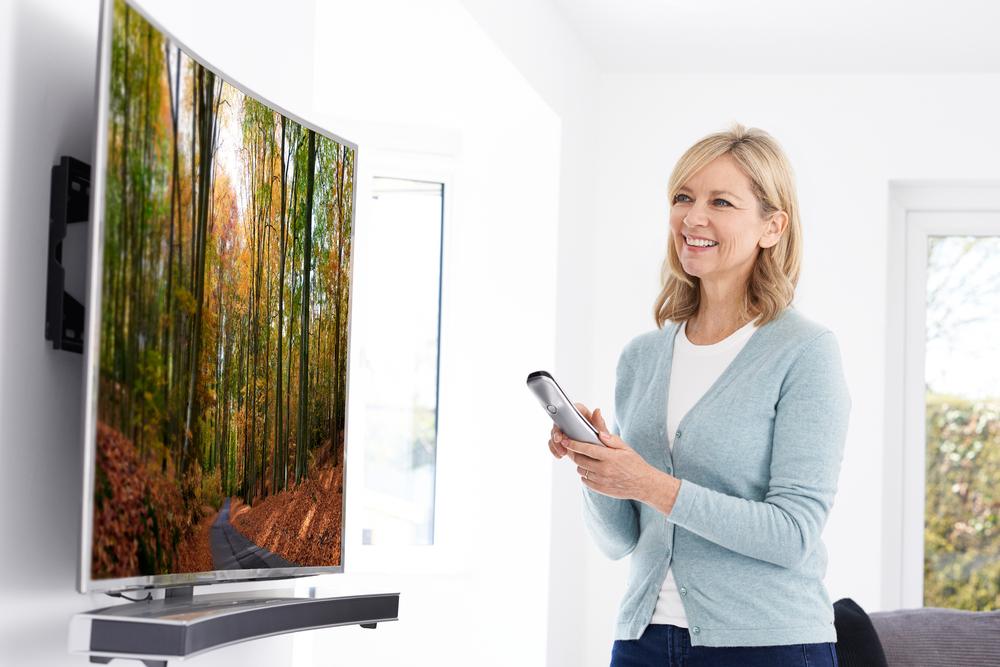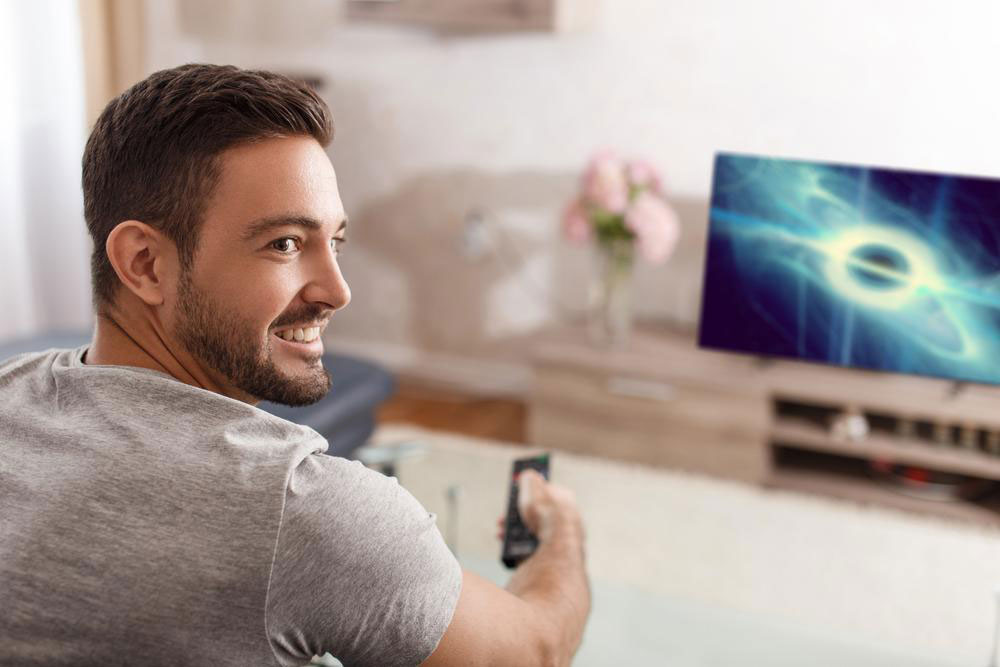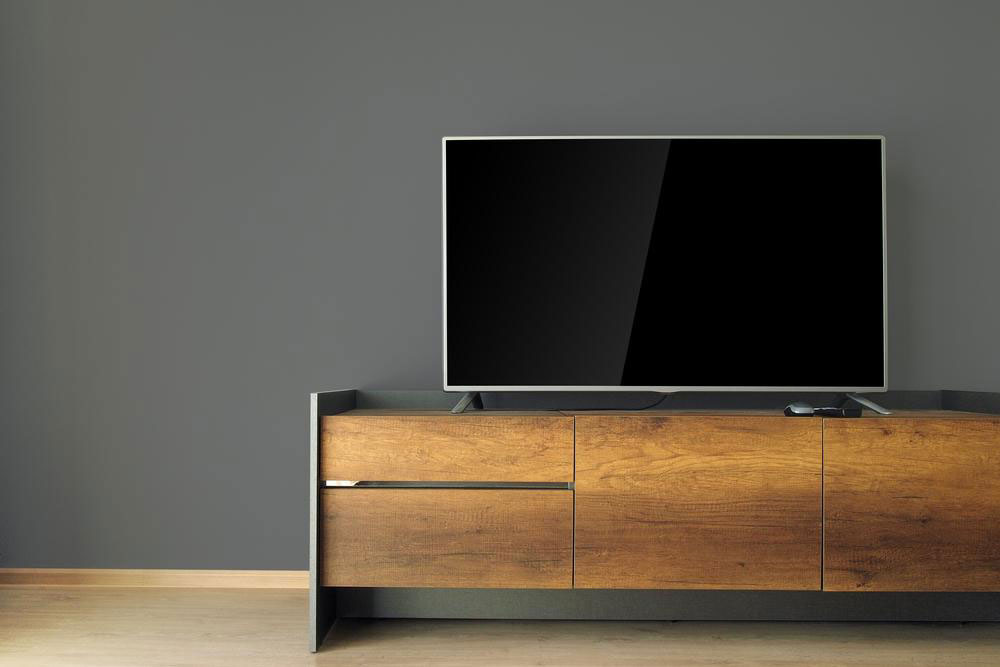Essential Considerations Before Purchasing Samsung LCD Televisions
This guide helps consumers make informed decisions when buying Samsung LCD TVs by exploring key questions about display types, features, pricing strategies, and the latest 4K and UHD technologies. It covers comparisons with competitors and tips for timing purchases during sales events, ensuring buyers get the best value for their investment.
Important Questions to Ask When Buying a Samsung LCD TV
In today’s rapidly evolving TV market, new models emerge almost monthly, making choosing the right one a challenge. With many brands competing for attention, there’s a wide array of options including smart TVs, LED, LCD, 4K, and UHD models. Whether hunting for deals on older versions or exploring the latest technology, shopping for a TV is both exciting and overwhelming.

Samsung is synonymous with quality when it comes to LCD screens. Before making your purchase, do thorough research and ask the right questions, especially when hunting for discounts during sales or promotional periods.
Differences Between LCD and LED Displays?
They are closely related, but not exactly the same.
LED TVs are a type of LCD TV that uses light-emitting diodes for backlighting. The correct term is LCD TV with LED backlighting.
The older LCD technology employed fluorescent lamps, whereas modern models utilize LED lights for better efficiency and thinner designs.
LED backlights can be placed along the edges or directly behind the screen, allowing for slimmer profiles.
Today, most LCD models are LED-backlit.
Features of Samsung LCD TVs?
Compact 32-inch models are sleek and can be wall-mounted or rotated.
Backlit with CCFL (cold cathode fluorescent lamp) technology.
Display resolutions typically at 1366×768 pixels with enhanced colors thanks to Wide Color Enhancer technology.
Built-in speakers equipped with Dolby Pulse and SRS theater-quality audio.
Connectivity options include HDMI and USB ports.
Energy-efficient operation with features like sleep mode and gaming mode.
Covered by a one-year warranty.
Timing Your Purchase: Retail Sales and Discounts
Look for retail sales with slogans like “Samsung TV sale” to find discounted older models.
The best buying periods are January and September, aligning with new model launches.
Major sales events like Black Friday, Super Bowl, and spring releases often feature discount offers.
Prioritize what features are essential; newer LED models tend to cost more.
Samsung’s reputation for quality makes their TVs a reliable choice, with many models ranked highly in consumer reports.
Refurbished or returned units can be good bargains if they are in excellent condition and still under warranty.
Arrange for prompt delivery and installation to address any issues immediately.
For advanced streaming and gaming, consider external accessories for optimal experience.
Understanding 4K and UHDTV Technology
4K resolution offers significantly sharper and clearer images, also called Ultra HD, with about four times the pixel count of standard HD.
Images measure roughly 4000 pixels across, ideal for large screens over 50 inches.
Prices are becoming more affordable, making 4K-compatible TVs accessible for many consumers.
UHDTV is an extension of the 4K standard, offering even higher resolutions, up to 8K.
Perfect for streaming high-definition content, UHDTVs are now adopted by brands like Samsung and Panasonic.
Samsung vs. LG 4K UHDTV Comparison
Samsung’s Q9FN series features a 65-inch QLED panel with native UHD resolution and direct full-array backlighting for vibrant colors and contrast.
This model has evolved since 2017 with improvements in dimming and picture quality, providing versatile viewing in various lighting conditions.
Compared to LG’s OLED 4K TVs, which deliver more natural and deeper colors, Samsung emphasizes brightness and color vibrancy.
LG offers super-slim, flexible screens with excellent viewing angles, suitable for last-row viewing.
Both brands support smart TV capabilities, offering access to streaming platforms like Netflix and Amazon Prime.










